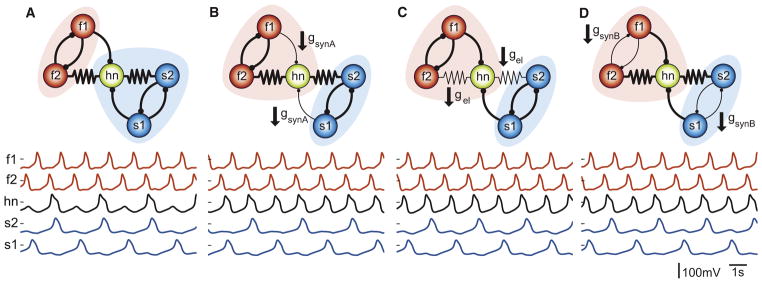Figure 8. There Are Multiple Solutions for Switching Hub Neuron Activity between Competing Oscillators.

(A) The model network with a given set of synaptic conductances (gsynA = 3.5 nS, gsynB = 5 nS, gel = 1 nS) produces a behavior in which the hub neuron oscillates with the slow rhythm. Switching the hub neuron to oscillate with the fast rhythm can be achieved by any one of the following three synaptic changes.
(B) Decreasing gsynA to 1.5 nS switches the hub neuron into the fast rhythm (gsynA = 1.5 nS, gsynB = 5 nS, gel = 1 nS).
(C) Decreasing gel to 0.5 nS switches the hub neuron to the fast rhythm (gsynA = 3.5 nS, gsynB = 5 nS, gel = 0.5 nS).
(D) Decreasing gsynB to 2.5 nS also switches the hub neuron to the fast rhythm (gsynA = 3.5 nS, gsynB = 2.5 nS, gel = 1 nS).
